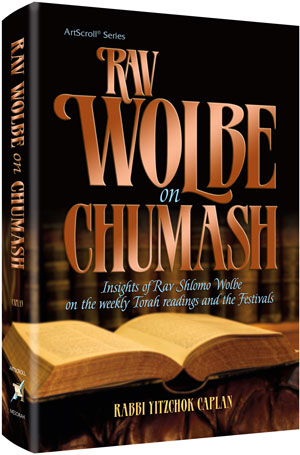Chazal tell us that there are three books open on Rosh Hashana: "Those who are completely righteous are immediately signed and sealed for life. Those who are completely wicked are immediately signed and sealed for death. Those who are in between, hang in balance until Yom Kippur; if they are found meritorious they are written for life and if they are not found meritorious they are written for death" (Rosh Hashana 16b). Conventionally, the righteous and the wicked are defined by the amount of mitzvos and aveiros they have performed; the righteous have more mitzvos than aveiros while the opposite is true for the wicked.
The Alter of Kelm challenges this explanation. He asks, since the Gemara states that one who fails to observe even a mitzvah d'Rabbanan is called wicked, how can the litmus test for righteousness be dependent on the proportion of mitzvos to aveiros? It is very possible that one might have more mitzvos than aveiros, and nevertheless, he will be considered a rasha because he failed to observe a Rabbinic commandment! It must be, says the Alter, that righteous and wicked in the above context do not refer to the amount of mitzvos or aveiros they performed, rather it describes a person's standing with regard to teshuva. One who is near to performing teshuva is righteous, while the opposite is true for the wicked. Even if one has performed numerous sins, if in his heart he bemoans his lowly spiritual state and has a true desire to rectify it, in Heaven he is included in the book of the righteous!
Rav Wolbe (Ma'amarei Yemei Ratzon pg. 228) asks, according to the above explanation, how is one supposed to understand "Those who are in between" who are neither completely righteous nor completely wicked? A person is either near to the performance of teshuva or far from performing teshuva; he cannot be both near and far at the same time. The answer, he says, can be found in the Selichos recited on Erev Rosh Hashana (Selicha 28).
"[Man] serves two masters during the course of his life. He does the will of his Creator or of his (Evil) Inclination as he pleases. It is good to embrace his Creator at all times for then he is a servant free from his (evil) master." While it is true that man serves his Creator - he learns Torah, davens, performs mitzvos and acts of kindness - he also serves his Evil Inclination. When he finishes his learning session and sits down to eat, goes to sleep or spends time with friends, he wishes to take a break from the spiritual yoke and do as he pleases. Most of us can relate to this desire to "have the best of both worlds."
This is an apt description for "those who are in between" mentioned above. In the realm of spirituality such a person might regret his laxity in Torah study and his lack of concentration during davening, and in these aspects he is close to teshuva. Yet, in those areas where "he serves his Evil Inclination" and it doesn't even dawn upon him that there is anything he should rectify, he is far from the performance of teshuva.
Our avodah on Yom Kippur is to recognize that "it is good to embrace his Creator at all times for then he is a servant free from his evil master." While attaining the spiritual level where every aspect of one's life is geared toward serving his Creator is a lifelong endeavor, it all begins with recognizing that we have only one true Master. Not only is this recognition the cornerstone for performing teshuva, it brings with it true freedom, "for then he is a servant free from his other master!"
G'mar Chasima Tova!


No comments:
Post a Comment